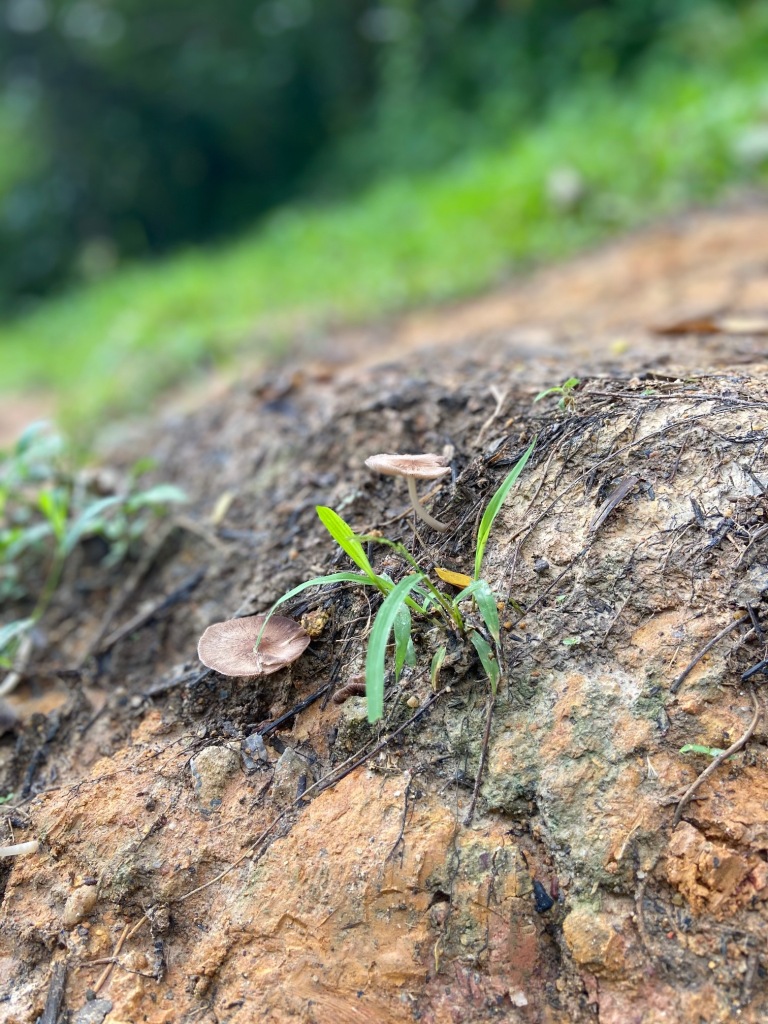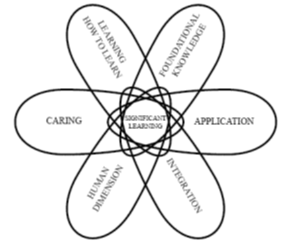I put my hand up when the question was asked which topic I would be happy to co-lead. Openness and sharing- an ethos I resonate with. I especially liked this definition “Openness can be conceived of as an attitude or worldview which includes making oneself vulnerable, narrating one’s own practice and sharing one’s incomplete scholarship openly, practices which may or may not involve use of technology” (Bali & Koseoglu 2016).
 Winnie the Pooh and Piglet sharing
Winnie the Pooh and Piglet sharing
However, while the concept of openness and sharing sounds warm and inviting, the dangers lurking in the shadows have to be acknowledged and addressed. This is especially pertinent in my work in healthcare, in the light of recent embarrassing data breaches of sensitive patient data in Singapore.
 Data breaches in the public healthcare sector reported in the Straits Times, the national newspaper.
Data breaches in the public healthcare sector reported in the Straits Times, the national newspaper.
Working in the public healthcare sector, my access to electronic patient medical records is tagged to successful completion of mandatory electronic modules to reinforce the seriousness of data breaches.
 A pop up screen on my workstation which serves as a digital behavioural nudge.
A pop up screen on my workstation which serves as a digital behavioural nudge.
The cultural shift to digital care must still embrace care, even though physical touch is absent. Telemedicine is here to stay, even as we look forward to the post-pandemic era. We talk to our patients, ask them to show us ‘safe’ body parts and send photos to allow better interpretation of physical signs. All this is data. Another level of care has evolved; I would not have envisaged this, training in medial school almost 3 decades ago.
 GRAPPA global education seminar .One of many virtual continuing medical education seminars.
GRAPPA global education seminar .One of many virtual continuing medical education seminars.
The emphasis on privacy and confidentiality and protection of valuable patient data is reinforced through phishing exercises. Not easy to escape the traps 
 A recent phishing email enticing staff to take advantage of the widely publicized SingapoRediscovers Vouchers. $320 million in credits have been set aside to encourage Singaporeans to rediscover the city and support local tourism businesses in light of the Covid 19 pandemic.
A recent phishing email enticing staff to take advantage of the widely publicized SingapoRediscovers Vouchers. $320 million in credits have been set aside to encourage Singaporeans to rediscover the city and support local tourism businesses in light of the Covid 19 pandemic.
 COVID 19 pushed us firmly into the digital world and there is no going back.
COVID 19 pushed us firmly into the digital world and there is no going back.
Can I change my behaviour to redraw the safe boundaries that have cocooned me? I’m challenged to consider if I really am as open as I think I am! The environment I work in, day in, day out, is configured to safeguard and protect, rather than encourage openness and sharing.
 Perspective from above.
Perspective from above.
A café serving local fare in Queensway Shopping Centre, Singapore. In spite of its limited space, storage, food preparation, dishwashing, serving and eating all happen in one area.
Vulnerability is a distinctly human characteristic. Part of our common humanity, it can be embraced or shunned.
 Vulnerable in the open. Toadstools clinging on to the eroded slope.
Vulnerable in the open. Toadstools clinging on to the eroded slope.
How do we integrate the human dimensions of caring such as vulnerability in our teaching of healthcare professionals? In the digital age we inhabit, these virtues need to be enshrined as vitally important and taught not only through role modelling but intentionally, in a structured manner.
I was pleasantly stunned to come across Dee Fink’s taxonomy of significant learning which provides hope of a different way of doing things- in an open way, because its fundamentals are interactive and relational (L Dee Fink 2003).
We are all familiar with the taxonomy of educational objectives formulated by Benjamin Bloom and his associates in the 1950’s. This group generated three taxonomies (cognitive, affective, and psychomotor) but teachers most frequently refer to the one in the cognitive domain (Bloom, 1956).
Bloom’s cognitive taxonomy comprises six kinds of learning that are arranged in a hierarchical sequence. From the highest to the lowest, they are Evaluation, Synthesis, Analysis, Application, Comprehension and Knowledge (meaning “recall” knowledge). Teachers use this taxonomy both as a framework for formulating course objectives and as a basis for evaluating student learning.
New kinds of learning that transcend the cognitive sphere described by Dee Fink defined learning in terms of change with six kinds of significant learning. This is depicted below.
 Dee Fink’s TAXONOMY OF SIGNIFICANT LEARNING
Dee Fink’s TAXONOMY OF SIGNIFICANT LEARNING
 Dee Fink’s INTERACTIVE NATURE OF SIGNIFICANT LEARNING
Dee Fink’s INTERACTIVE NATURE OF SIGNIFICANT LEARNING
Two points are illustrated in this figure; firstly, each kind of learning is related to the other kinds of learning and secondly, achieving any one kind of learning simultaneously enhances the possibility of the other kinds of learning being achieved.
Finding our way in the open landscape of our digital world
 Any signpost to show the way ?
Any signpost to show the way ?
Equality, diversity, inclusion and a sense of belonging – can all of these qualities be truly incorporated in learning in the digital age? I felt less anxious as I read that it is not about IT skills but thinking and attitudes to learning in a digital age. Thinking about which tool to use to showcase the different perspectives that had been thrown into the PBL06 soup of open learning proved daunting. Would we stick with Microsoft PowerPoint or go with one of the newer tools ?
 A rusty hand saw hanging on the tree- don’t forget old tools!
A rusty hand saw hanging on the tree- don’t forget old tools!
However, the question that on the surface seemed easy to answer but in reality, proved more difficult to unravel the more I delved into it, was that it is not so easy to build transformative open learning.
Take institutions of higher learning. Unless there is funding, clear policy direction and a consistent strategy for open learning and where it sits with the qualifications that come with formal learning, it is hard to situate it. What is the value of open learning to an institution ? The question of value pops out. Value is derived from cost and how “valuable” a course is perceived, when a student pays a large sum of money for a qualification, as opposed to being able to access this for free. It has also been shown that there is poor motivation to complete open learning when compared to a paid course.
How much thought is given to centre marginal voices or challenge dominant discourse? The teacher holds the container for teaching space so is key in building cultural competence to better engage learners. How can one challenge classroom hierarchies?
Open educational resources continue to grow. Open technologies that facilitate collaborative, flexible learning and the open sharing of teaching practices will continue to evolve and change, even as we adapt to the current pandemic that has caused seismic changes in the way we live, work and play.